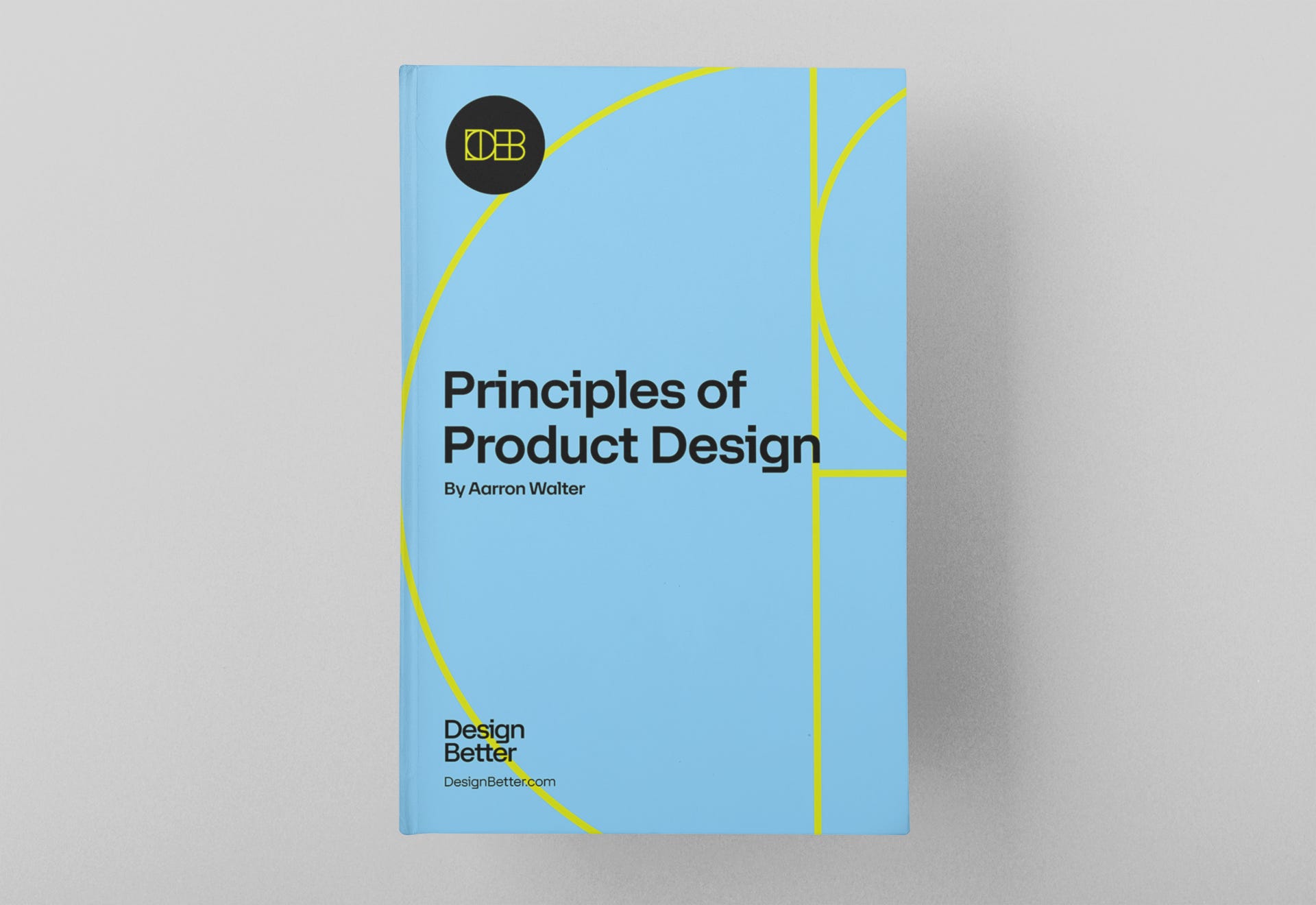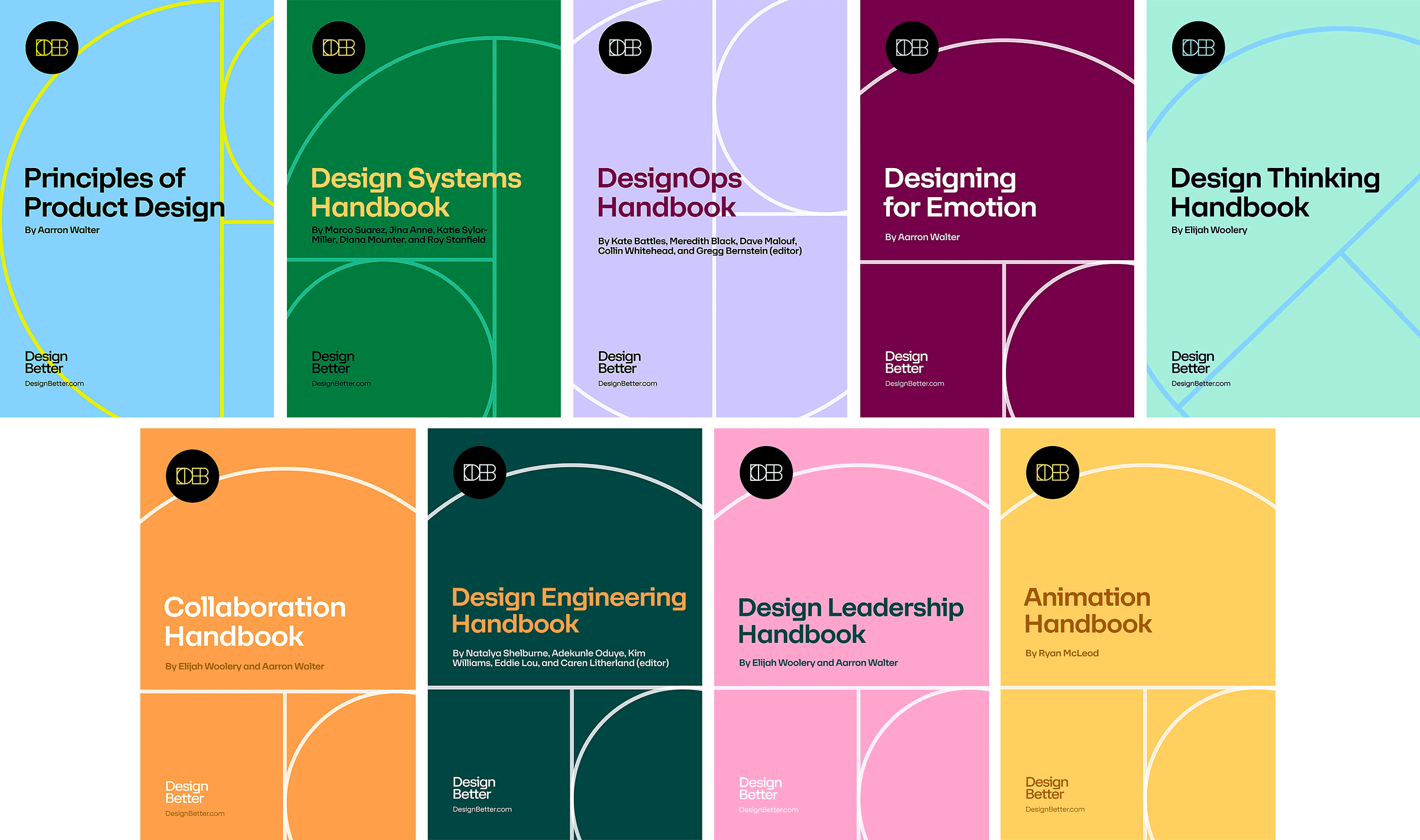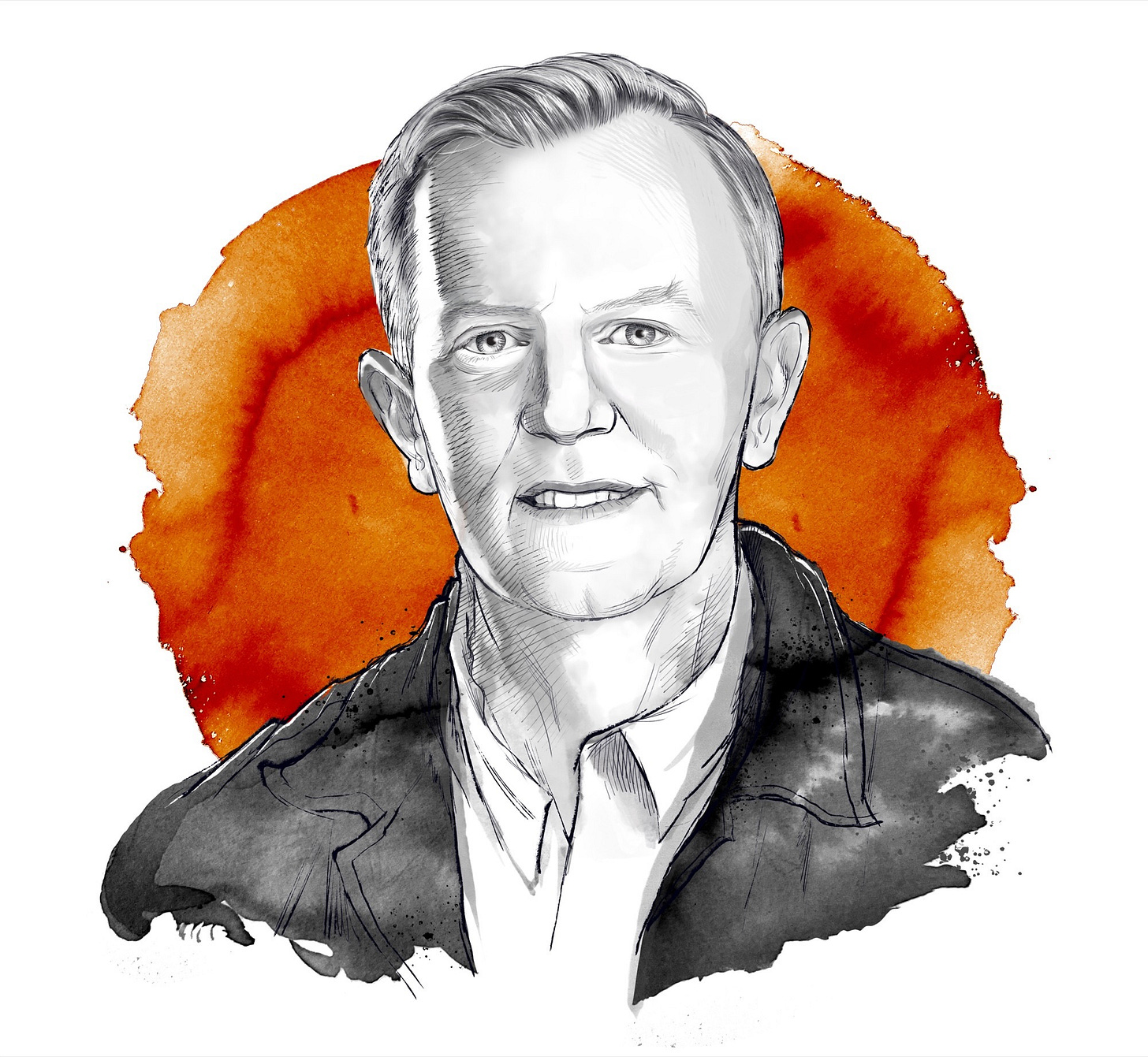Successful design-driven companies building the best products with the strongest design teams have practices in common. These extensively researched core best practices will help your team design better, faster, and more collaboratively. Combined with the power of design thinking, these product design principles with insights from Netflix, Google, Slack, Airbnb, and more will accelerate your team’s design practice.
Length: 168 pages
Available in PDF and epub formats, free for Design Better Premium subscribers
Already a Premium subscriber? Download our entire library here.
Get Principles of Product Design
Get this book in PDF and epub formats today by becoming a Premium subscriber. When you subscribe, you’ll also get the entire Design Better library, 2 extra podcast episodes each month (all ad-free), access to monthly AMAs with designers and leaders at Google, IBM, Nike, Pinterest, and so much more. You’re getting more than just a book, you’re getting an education.
What’s in Principles of Product Design
Guess Less
The software industry celebrates stories of lightning-strike success so much, you’d think hunches and risky bets could create unicorns. The best product design teams understand the reality—customer research forms the bedrock of successful products and companies.
Story First
Humans have used stories to foster collective understanding since the beginning. The most powerful designs start with a story—the why—and where your designs fit into people’s lives. Using product stories, journey maps, storyboards, and user personas, teams can build empathy and understanding before designing.
Pencils Before Pixels
Every design begins somewhere, in imperfection. Sketching brings together designers and key stakeholders so they can collaboratively find the best solutions without getting lost in design details.
Show and Tell
When it comes to feedback, there’s little room for polite reserve within a design team. Use design reviews, retrospectives, design standups, and careful space planning to facilitate a culture of feedback within your team—your designs and designers will benefit.
Fast Feedback
Building great products requires an iterative process. The more your team tests their designs through prototyping, the faster you’ll discover needed course corrections or new possibilities. Through building blocks like pattern libraries and user feedback, teams can always design with fresh eyes.
Lateral Design
Your org chart can greatly influence the design process at your company. Bridge gaps between design, engineering, research, product, and others with cross-functional teams, sprints, working groups, and other structural changes that enable better lateral design.
Break the Black Box
As your company and design org mature and scale, it gets harder to maintain the visibility and transparency crucial for great product design. You’ll need to take on streamlining communication, surfacing design within the company, and more big-picture challenges beyond your desk.
Subscribe and get the entire library
When you become a Premium subscriber, not only will you get the Principles of Product Design, you’ll also get our entire library of books that cover a range of essential topics and are written by top industry experts.
Design Leadership Handbook: Take your career further whether you aspire to lead or need to become a better one. This book will give you the foundation you need.
Design Systems Handbook: Learn to design, deploy, and drive adoption of a design system in your organization with this book written by experts from Github, Salesforce, Pinterest, Etsy, and Shopify.
Design Thinking Handbook: Informed by the Stanford methodology, this book provides the foundation for innovation and product design exploration.
Designing for Emotion: Learn how to design products that inspire trust, overcome user fears, and create lasting impressions with this classic that’s inspired teams at The White House, Intuit, Google, and more.
DesignOps Handbook: Written by DesignOps pioneers, this book is the essential guide to improving your team’s core operations so designers can focus on what they love most—design.
Principles of Product Design: There is a proven recipe for making great products, and this book lays it all out with real-world examples of the best design teams.
Collaboration Handbook: Collaboration is a critical capability for designing great products at scale. The Collaboration Handbook shows how teams at inspiring companies like Netflix, Google, and Airbnb build trust, align around purpose, and work across disciplines—and how you can learn to do the same.
Design Engineering Handbook: This book shows you how to bridge the gap between design and engineering to turn collaboration into a competitive edge. Featuring insights from leaders at The New York Times, Mailchimp, Minted, and Indeed, it shares practical frameworks for prototyping, building design systems, and uniting form and function to create better products faster.
Animation Handbook: This is the guide to using purposeful motion in digital product design, turning static interfaces into dynamic, meaningful experiences. Written by two-time Apple Design Award winner Ryan McLeod and featuring insights from Google, Slack, Dropbox, and Apple, it shows how to apply principles like timing, easing, and choreography to smooth transitions, reduce cognitive load, and create products that feel alive, responsive, and human.
About the author Aarron Walter
Aarron Walter is a design and technology leader, and co-host of the Webby-nominated Design Better Podcast. He founded the user experience practice at Mailchimp, helping the company grow from a few thousand users to tens of millions. At InVision, he led research into the inner workings of top design teams at companies like Netflix, Spotify, and Google to uncover what drives their success.
When the COVID-19 pandemic hit, Aarron joined former CDC Director Dr. Tom Frieden at Resolve to Save Lives, applying design and technology to support emergency response efforts at the WHO, Africa CDC, and U.S. public health departments.
Aarron has advised the White House, the U.S. Department of State, and dozens of leading companies, startups, and venture capital firms.

You’ll get so much more when you get this book
Subscribe and you’ll also get:
4 Design Better Podcast episodes per month—2 more than with a free account
Ad-free podcast episodes
Monthly online AMAs with experts from companies like Google, Nike, Flat Iron Health, IBM, Pinterest, Sequoia Capital, Space X, Headspace, and more. Plus, you’ll get recordings from all past AMAs.
The Brief, our in-depth newsletter on topics like design systems, the creative process, AI, and more sent every month to help you synthesize what you’re learning from Design Better.
Who else is a Design Better subscriber?
You’re in good company as a Design Better subscriber. Designers at inspiring companies rely on Design Better to stay at the top of their game.
Download links for this book will unlock below when you subscribe.















